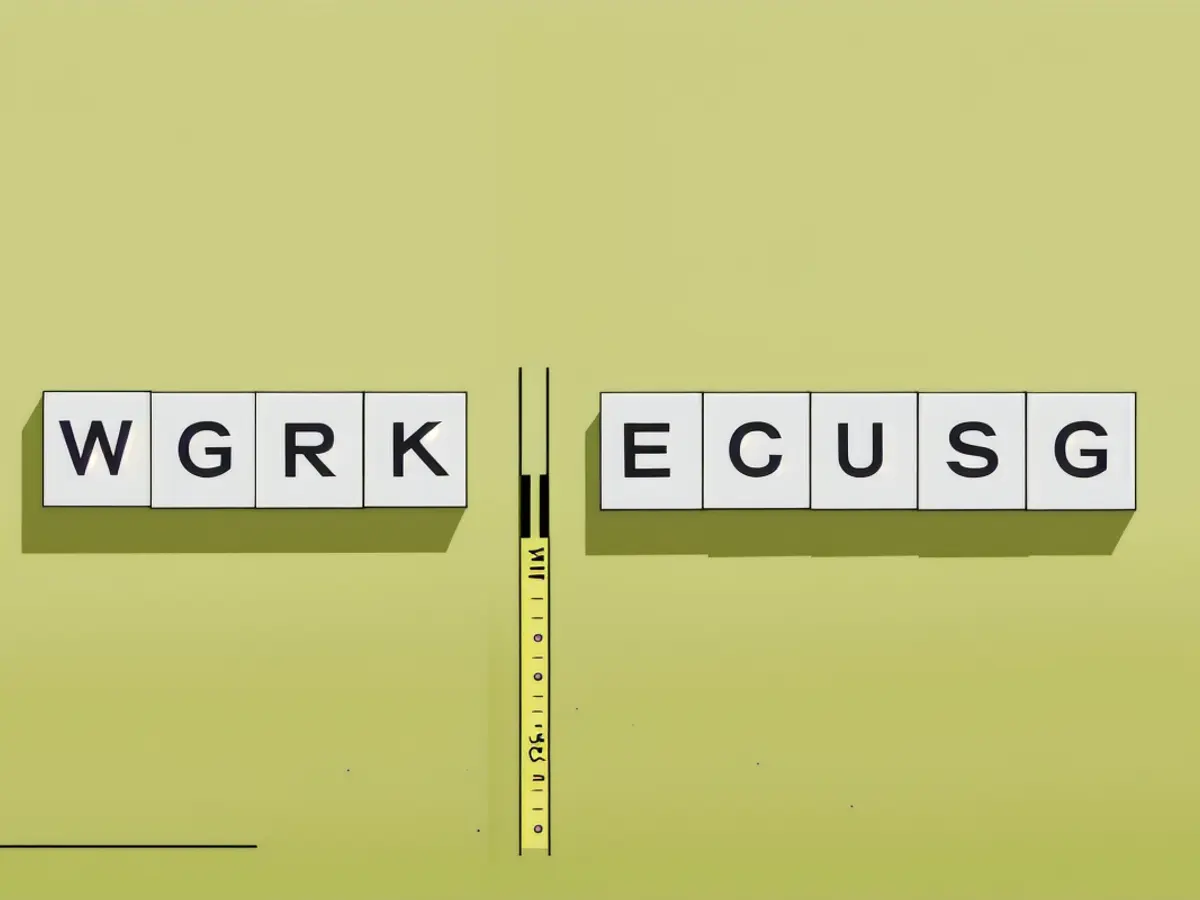Three Approaches to Estimating a Small Company's Worth
Profit is crucial for small business owners. It goes beyond mere financial numbers or extra spending money. Your business's profit directly impacts its worth. If you're interested in selling your business, understanding its profits is essential. All small business valuation methods consider profits.
Profit doesn't just make running your business enjoyable; it also makes potential buyers fall for it.
3 Popular Valuation Methods for Small Businesses
When it comes to small businesses, specific valuation methods are commonly used. By 'small', we mean businesses with annual sales below $2M, also known as 'Main Street Businesses'.
Method 1: Multiples-Based Approach
The Multiples-Based Approach is a popular method for determining a business's value by comparison. It evaluates a company by comparing it to similar businesses in its industry, known as 'comps'. By looking at recently sold comps, comparing their valuation to their earnings (or profits), and deriving a multiple, you can find a company's market value. Then, you apply this multiple to your profits to calculate your business's valuation.
Related Content: The Top 6 Online Businesses with the Highest Value in 2024
The Multiples-Based Approach gives a relative value. Combining this method with others can provide an accurate picture of your company's value. Remember, no two companies are alike, so this method should serve as a check and be used in conjunction with other methods.
Related Content: Understanding How Much to Sell a Business For
Method 2: Income-Based Approach (Discounted Cash Flow)
The Income-Based Approach is often used for operating businesses, meaning those that are active. It calculates a business's current value by projecting its future cash flows. This involves estimating the expected net income over time and recalculating the present cash flow.
This method is a crucial part of how small businesses are valued, as it reflects their growth potential.
Method 3: Asset-Based Approach
The Asset-Based Approach, also known as the Adjusted Net Asset Method, is a valuation method commonly used for smaller businesses. This method considers a company's present value as the difference between the fair market value of its net assets and its liabilities. It is particularly effective for valuing real estate, such as new construction or commercial properties, or asset-heavy businesses.
Related Content: Increasing the Value of My Business
The Information Needed to Calculate Business Value
To calculate the value of your small business, you'll need the following information:
- The date it was established
- The industry and sector you operate in
- The region of operations
- Legal structure
- Number of employees
- Last three years' financial statements (Income Statement and Balance Sheet)
- Details of working capital (Debtors, Creditors, and bank balances)
- Future financial forecasts and expectations
- Your current understanding of how your business operates, your customers, growth, risks, and your business's level of dependence on you.
For more complex businesses, such as lower middle-market or publicly traded businesses, additional specific information is required.
Calculate Your Business Value Today
You can get a free business valuation report online and receive the results instantly.
Here's how to get a report:
- Gather the required information to make the process smooth.
- Use a free calculator like this one and enter your information.
- Instantly receive an estimate of your business value.
Related Content: Dealing with a Low Business Valuation
Conclusion: 3 Valuation Methods for Small Businesses
For small businesses, there are three common valuation methods: the Multiples-Based Approach, the Income-Based Approach, and the Asset-Based Approach. A reliable valuation tool will consider all three valuation methods for small businesses.
- Understanding the profit of a small business is essential if you're planning to sell it, as all small business valuation methods consider profits.
- The Multiples-Based Approach is a popular method for valuing a small business, which involves comparing it to similar businesses in its industry and applying a derived multiple to its profits to calculate its valuation.
- In the Income-Based Approach, a business's current value is calculated by projecting its future cash flows, which is crucial for small businesses as it reflects their growth potential.
- For smaller businesses, the Asset-Based Approach, which considers a company's present value as the difference between its net assets' fair market value and its liabilities, can be an effective valuation method.
- To calculate the value of a small business, you'll need various information such as financial statements, the number of employees, and future financial forecasts, among other things.







